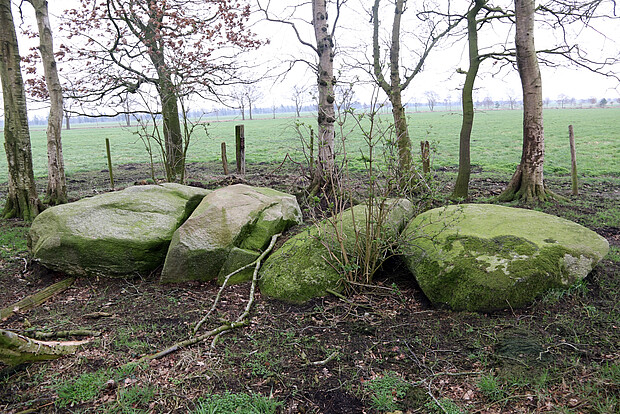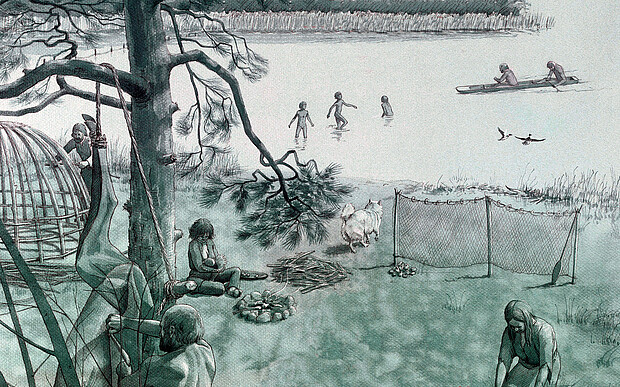After the ice – Settlement and land use in prehistoric northern Germany


The millennia following the last ice age in the coastal areas of northern Central Europe were characterized by dramatic changes of people's living conditions. As a result of the significant warming, there have been radical changes in the environment, which humans had to adapt to. With the arrival of Neolithic lifeways at the beginning of the 4th millennium BC and the introduction of sedentism, agriculture, and animal husbandry people began to adapt the environment to their needs on a large scale. Our research focus is aimed at the reconstruction of this crucial transition phase and the processes that occurred within. Due to their excellent conservation conditions, our main focus is on wetland areas, lake shores, river lowlands, and underwater sites in the area of inland lakes and also on the bottom of the North and Baltic Seas. These places are the key regions for understanding the post-Ice Age history of northern Germany's early settlements and the surrounding landscapes.
Currently a few research projects are assigned to this focus, which are concerned with the reconstruction of environmental and living conditions in prehistoric northern Germany.
Current:
Mesolithic period in North-western Germany
Between the rivers – against the tide?
Completed:
Prähistorische Spuren auf dem Meeresgrund
Strande - submerged stone-age site
Funnelbeaker culture - potter's tradition
Funnelbeaker culture in northwestern Germany
Prehistoric Pottery traditions
Neolithisation lake Zwischenahn
